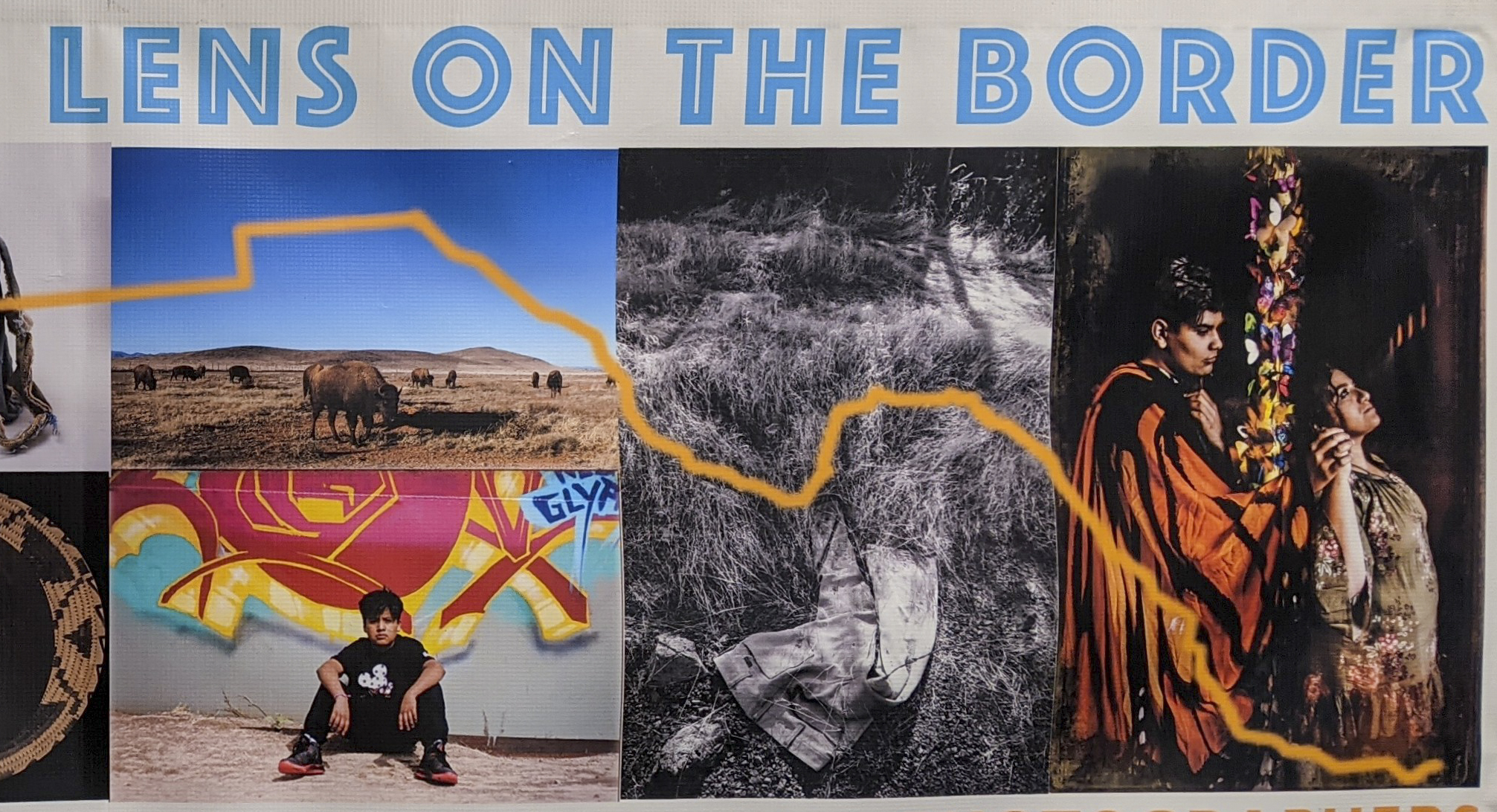Sierra Club’s “Lens on the Border” photo exhibition is part of third biennial On the Edge symposium series. This year’s symposium will examine how cultural and religious forces interact at areas of physical and perceived intersection.
An Elon University virtual symposium this week will examine the ways religion functions along international and cultural boundaries, featuring a public keynote speaker and a photo exhibition picturing life at the U.S.-Mexico border.
“Religion at the Borders” is Elon’s Center for the Study of Religion, Culture, and Society’s third biennial On the Edge symposium, which invites international scholars to participate in a series of presentations and panel discussions. Past symposia have led to special editions of academic journals and book publications.
Leah Sarat, associate professor of religious studies at Arizona State University, will deliver the keynote address “The Terror of ‘Safety’: Christianity, Immigrant Policing, and Detention at the Nation’s Edge” on Thursday, Feb. 11, at 5:45 p.m.. It’s open to the public on Zoom at this link.
Leading up to the symposium this week, 24 canvas prints from the Sierra Club’s “Lens on the Border” exhibit — along with Elon student photos from course experiences along the U.S.-Mexico border — will be displayed in hallways and common areas of buildings in the Lambert Academic Village. Student photos are inside the sacred space in the Numen Lumen Pavilion. Other photos are in Gray Pavillion, Cannon Pavillion, Spence Pavillion, and Lindner Hall. A Storymap guide to the exhibition is at this link. The exhibition will be displayed through February.
Elon faculty conveners Evan Gatti, associate professor of art history, Sandy Marshall, assistant professor of geography, Amy Allocco, associate professor of religious studies, Shayna Mehas, visiting assistant professor of history, and Brian Pennington, professor of religious studies and the center’s director, will host 11 scholars from three countries. Topics advanced in the symposium will include the study of modern and pre-modern border spaces across various disciplines.
Rather than being rigidly defined territories, borders historically have been places where cultures blend, said Gatti. Religious art there is often “ambivalent,” she said, mediating between cultural differences.
Marshall, who with Mehas typically leads a winter term course at the U.S.-Mexico border, is interested in examining how religion is used to bridge cultures, to divide them, and to organize humanitarian efforts. He’s seen how indigenous religion melds with Catholicism around the Southern border. It’s a location of concentrated religious missionary and humanitarian work. At the same time, immigration policies in the U.S. are being influenced by white Christian nationalism.
“We are at an inflection point with the border,” Marshall said. “The new administration is trying to correct some of the outrages of the previous administration, but how is that going to work? … We will likely have new caravans of people coming to the border, and we will likely see more surges of undocumented minors at the border. How will we respond as a country? These are moral questions.”
The symposium is indicative of the center serving its purpose to Elon’s campus community and to scholars in the field. Students benefit from the academic energy on campus during the conference, while teachers and scholars examine their work, opportunities around undergraduate research, and “craft the conversation of what the study of religion can look like across disciplines.”
The symposium’s schedule is available on the center’s website. Anyone wishing to attend a particular session should email Pennington for links and information.



